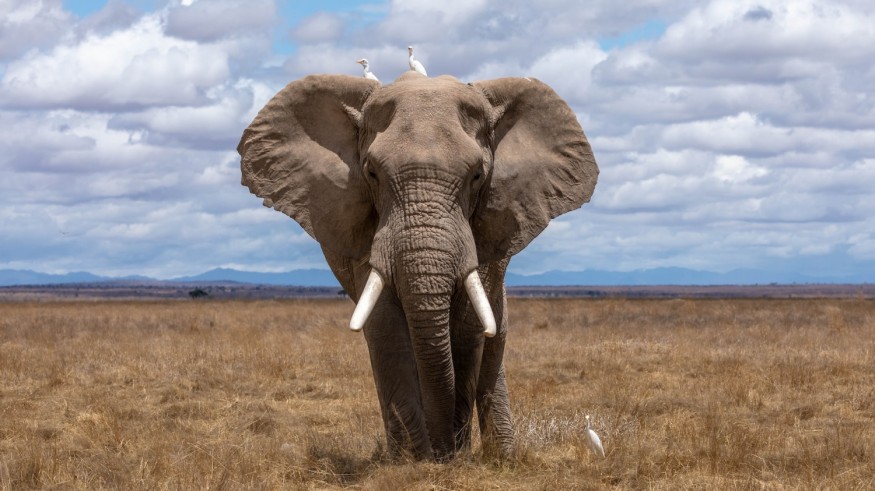
The origin of ivory rings in many Anglo-Saxon burials has long remained a mystery. A new discovery reveals that these rings might have come from an unexpectedly distant land.
Anglo-Saxon Ivory Rings Origins
According to Live Science, Anglo-Saxon burials have long been the subject of archaeologists as they try to find the origins of ivory rings found in different burial sites. A new discovery challenges the notion that these rings came from elephants, walruses, or mammoths.
Although these ivory rings came from elephants, the new study finds that the origin of these animals was thousands of miles away. As such, the elephants came from Africa, about 4,000 miles from the burial sites across England.
Live Science notes that the findings suggest a trade network that stretches from Africa to post-Roman Europe to England. Such discovery suggests the route to cross through multiple cultures.
Archaeologist Hugh Willmont, who is from the University of Sheffield in the UK, said that the route involved crossing the Mediterranean, then the Alps, and possibly Rhineland as well.
ALSO READ : Elephants Evolved To Develop Anti-Cancer Genes; the Secret Could Be Found in Their Hot Testicles
Analyzing the Ancient Rings
The analyzed ring came from early Anglo-Saxon cemeteries that existed from the 5th to 6th century AD. They were located around 65 miles east of Sheffield, close to a village called Scremby.
Per Live Science, the ring being analyzed was one of the seven "bag rings" found in the Anglo-Saxon graves. By looking at the collagen protein of the ivory, they found the rings specifically came from African elephant tusks.
The researchers also used radiocarbon analysis to estimate when these elephants existed and where from around the fifth century AD. As such, the Journal of Archaeological Science: Reports includes the published findings regarding the ivory rings.
Importance of the Rings
These rings have been a mystery topic for archaeologists for over two centuries. The ivory rings measured 10 and 15 centimeters and were ornaments found on the belongings of wealthy Anglo-Saxon women.
Archaeologists previously described the uniqueness of these rings, saying they were too large for fingers but were once worn as upper arm ornaments. However, newer evidence suggests they could've been tied around the person's waist and held bags.
Willmont highlights how the contents of the bags were often random. As such, they were still associated with women of societal status.
Live Science specifies that the researchers also looked at the ratio of strontium isotopes of the ivory and found they came from elephants from locations close to volcanic rocks. This prompted Wilmott to suggest that their origins could be East Africa's Rift Valley region.
Nature reports that due to limited ivory work findings in Anglo-Saxon England, the discovery suggests the rings' origins were in Africa, where they were crafted. Further suggestions say they could be from Aksum, considered the center for ivory works during that period.
RELATED ARTICLE : Primitive Women Were Hunters in Foraging Societies, Debunking the Traditional Gender Role Assumptions
Check out more news and information on Archaeology in Science Times.










